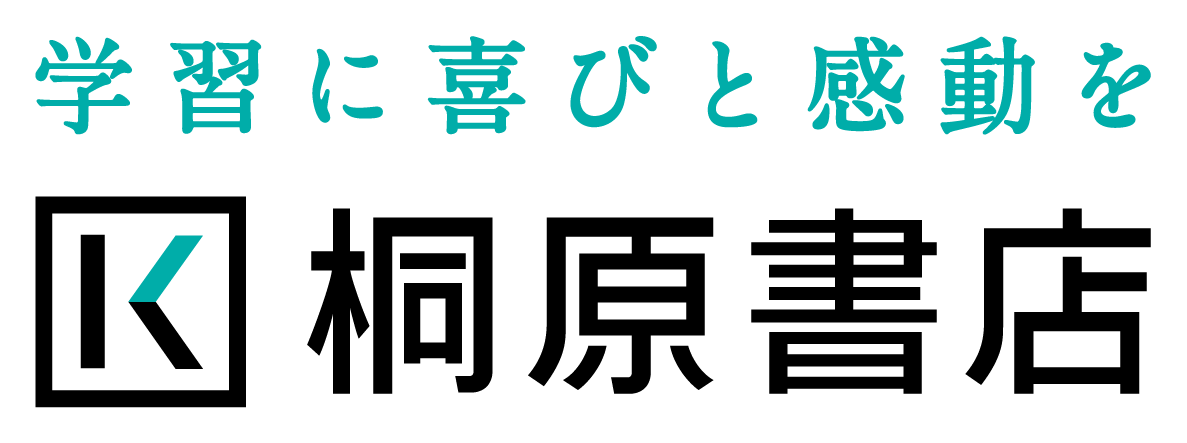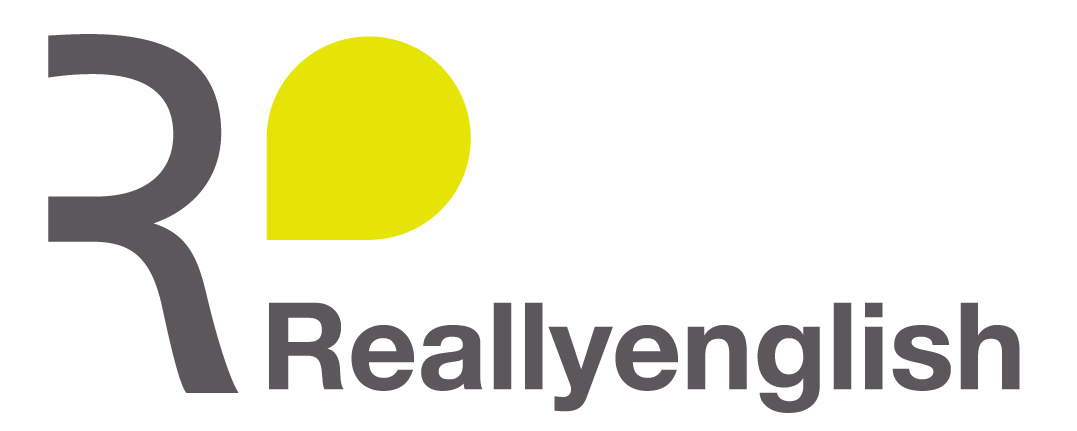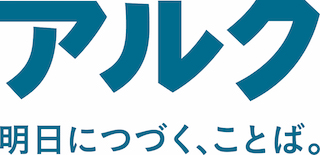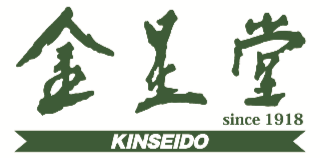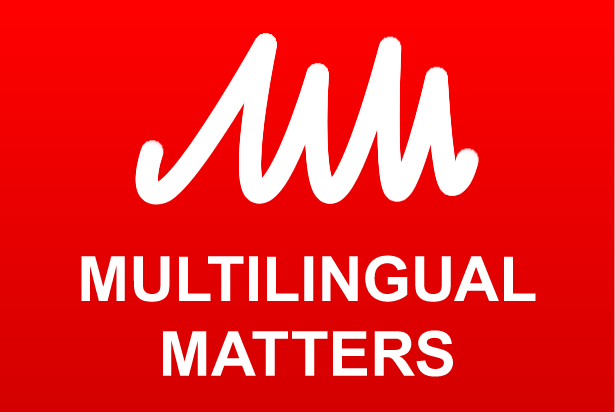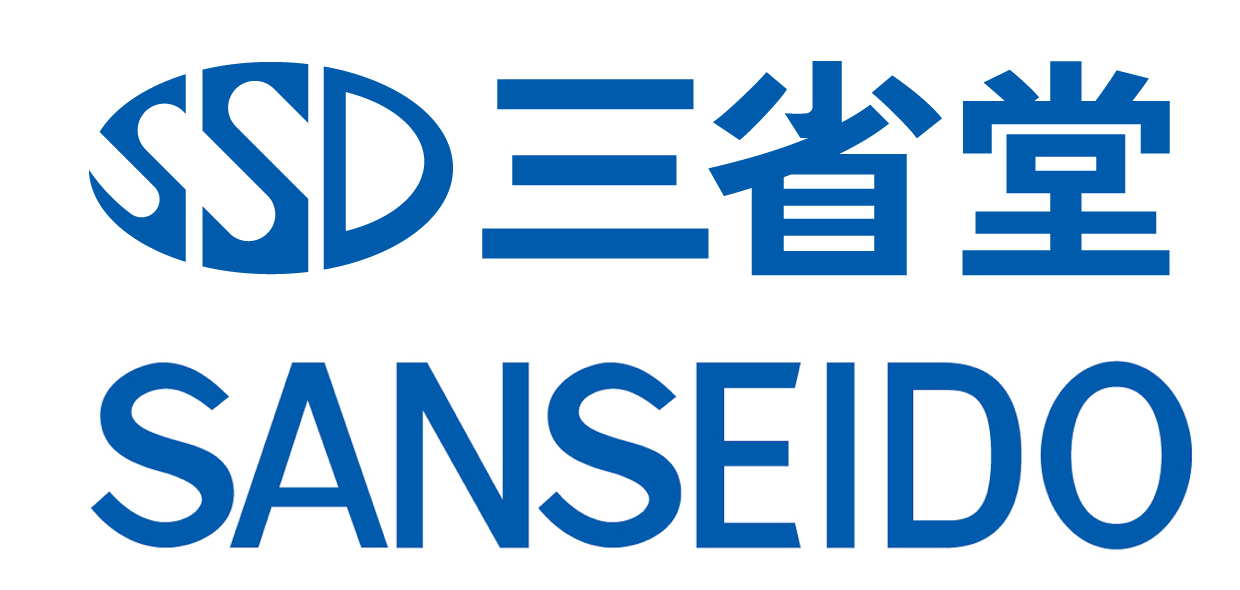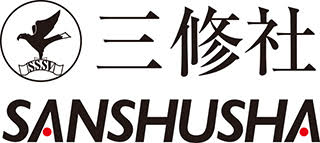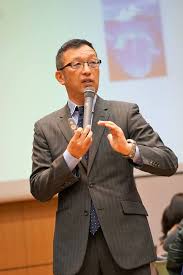
Communication strategies for public speaking: How business leaders in TED attract and guide their audience effectively
Yasuo Nakatani (Hosei University)
This workshop shares practical approaches regarding how to plan and develop an effective speech by using relevant communication strategies. The importance of specific training for oral presentation has been argued in the field of business communication. In order to persuade potential stakeholders, a speaker should help listeners identify the purpose of speech at the very beginning. Then the speaker needs to deliver clear and convincing messages to let them follow his perspective easily. To achieve these goals, presentations should be effectively organized to guide and direct audience to understand the contents of speeches. These principles could apply in higher education contexts for oral presentation training. However, to date, there is little research which examines the actual discourse of oral presentations by reliable scientific methods, such as corpus data analysis.
The author has used corpus data analysis on the transcripts of 100 TED speakers in business. The results indicate that there are persuasive terms and collocations for their presentations. It can be said that these are effective communication strategies for public speaking. Moreover, the frequent use of such strategies are significantly different from those of Japanese CEO’s.
In this work shop, we start from reviewing previous public speaking theories and their practice. Then, we share the implications from the current TED corpus analysis regarding effective strategy use. The participants have an opportunity to develop their speech draft and share their ideas with others.
Biography:
Yasuo Nakatani is a professor of Applied Linguistics at Hosei University. He received his PhD from University of Birmingham and is a visiting scholar at University of Oxford. He has published many papers in competitive journals, such as Modern language Journal. He is a reviewer of Modern Language Journal, TESOL Quarterly, SSLA, Language Learning, System, and Journal of Pragmatics.

Teaching strategies for L2 learning: Written corrective feedback
Natsuko Shintani (Kansai University)
Written corrective feedback (WCF) is the information provided to L2 learners about the ill-formedness of their written production (Loewen, 2012). It is considered to be an essential part of writing instruction by helping to improve students’ language knowledge. Various strategies for providing WCF have been identified by researchers in terms of the explicitness of feedback (direct, indirect, and metalinguistic CF), the focus of the feedback (focused and unfocused CF), the medium of feedback (computer-mediated CF), and the timing of feedback (immediate and delayed CF). The effectiveness of these different types of feedback has been much of interest for researchers and teachers.
This workshop focuses on the effectiveness of WCF. It first overviews theoretical underpinnings of WCF for language learning. Drawing on the cognitive-interactionist viewpoint, I will examine what cognitive processes are involved when learners write and revise the text based on feedback. I will then introduce the various feedback strategies and examine their effectiveness by considering the five questions raised by Hendrickson (1977): Should learner errors be corrected?; Which learner errors should be corrected?; When should learner errors be corrected?; How should learner errors be corrected?; Who should correct learner errors? I will conclude the workshop with suggestions for future written CF research.
Biography:
Natsuko Shintani is a Professor in the Faculty of Foreign Language Studies, Kansai University. She has taught applied linguistics courses at the postgraduate level at Nanyang Technological University in Singapore and the University of Auckland in New Zealand. Her research interests encompass the roles of interaction in second language acquisition, second language writing, and task-based language teaching.





